Photo
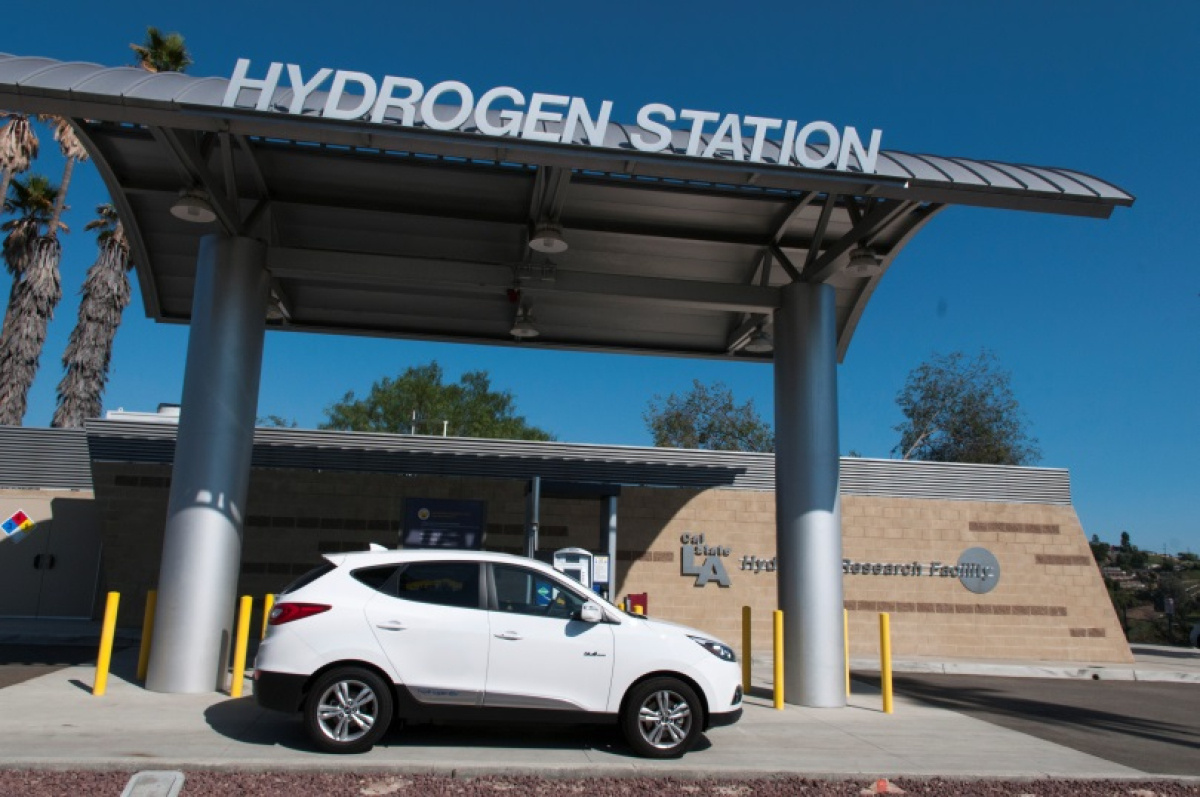
Caption
Hydrogen and Fuel Cells: EERE-funded research has cut fuel cell cost 50% since 2006 and is enabling the world's first commercially available fuel cell vehicles with zero emissions.
Credit
Cal State
Photo
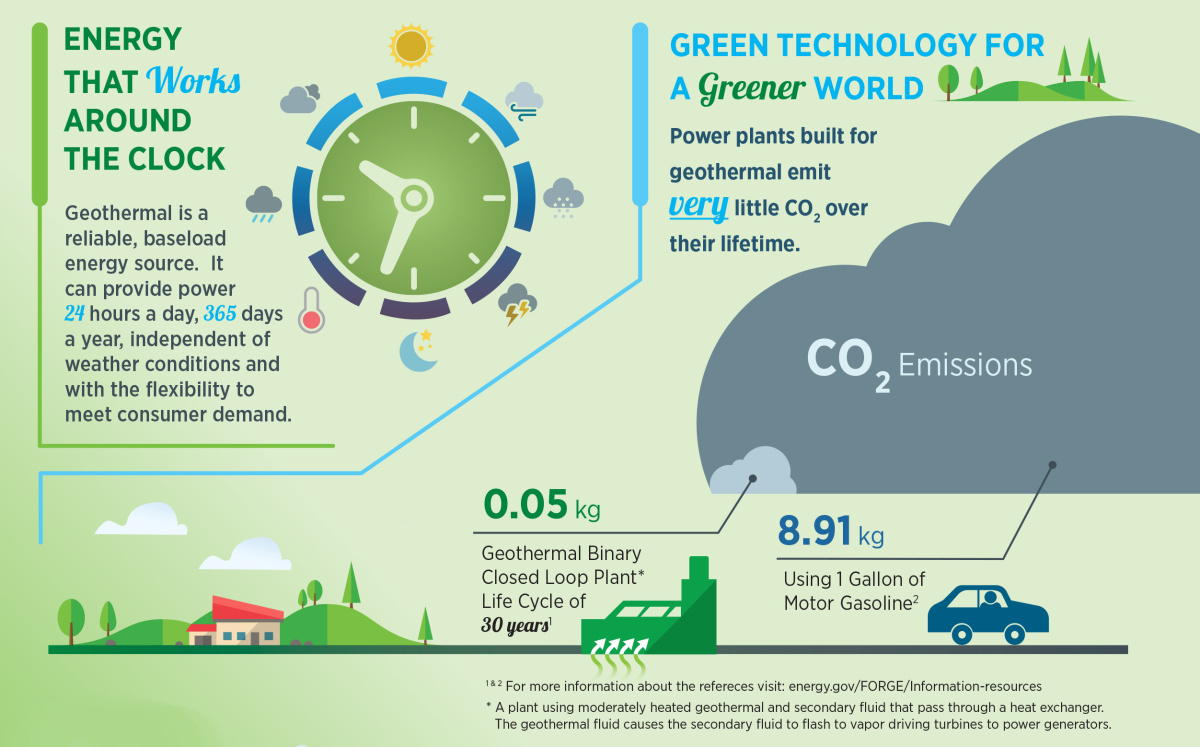
Caption
Geothermal: Geothermal power plants produce electricity nonstop with nearly zero greenhouse gas emissions. The United States leads the world in installed geothermal capacity at 3.7 gigawatts (GW), with an additional 1.25 GW in development, and geothermal power currently offsets 16 million tons of carbon dioxide per year.
Credit
Geothermal Technologies Office, U.S. Department of Energy
Photo

Caption
Solar: Thanks in large part to the Energy Department’s investments and the work of its partners, rooftop solar photovoltaic panels in 2016 cost less than one percent of what they cost more than 35 years ago, enabling nearly one million households to go solar across the country .
Credit
Julie Chen, Team Massachusetts, Solar Decathlon 2011
Photo
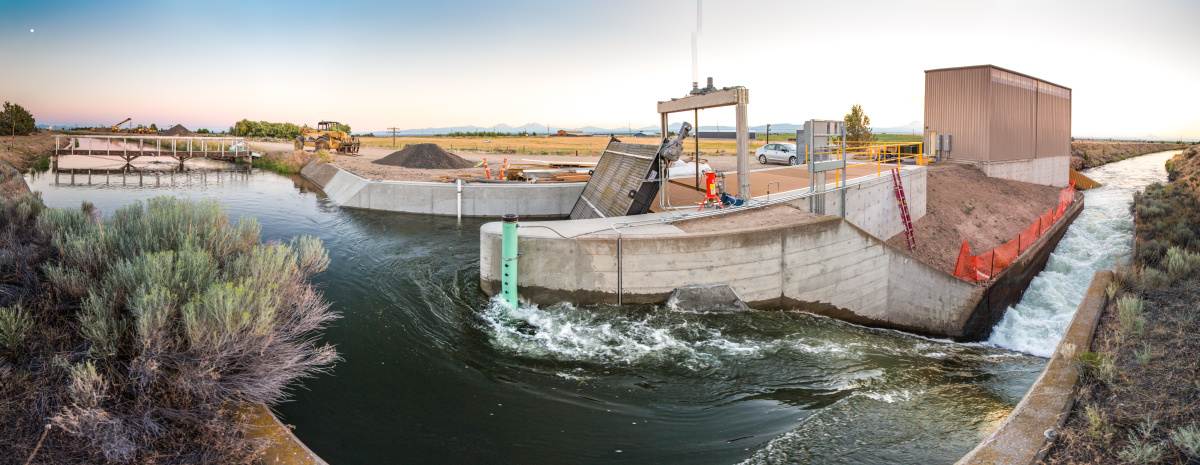
Caption
Water: Whether from a hydroelectric dam or a marine and hydrokinetic source like tidal power, the U.S. is generating more electricity from water every day. Hydroelectric power provides about 7% of our nation’s electricity and is the most widely used source of renewable energy, with marine and hydrokinetic technologies in development. Worldwide, water power prevents the equivalent of burning 4.4 million barrels of oil per day.
Credit
U.S. Department of Energy
Photo

Caption
Weatherization: Projects funded by the Weatherization and Intergovernmental Programs Office since 2010 have resulted in 20,000 energy efficiency building retrofits, more than 8,600 megawatts of new renewable energy capacity, and three million people educated in energy efficiency audits and installations. The program has also weatherized more than 1.7 million low-income homes, in part with funds from the American Recovery and Reinvestment Act, and supported an extensive portfolio of technical assistance resources for states and local communities to implement energy efficiency actions.
Credit
Dennis Schroeder, National Renewable Energy Laboratory
Photo
Caption
Federal Energy Management Program (FEMP): Since the inception of the Energy Department’s “indefinite delivery, indefinite quantity” energy savings performance contracts in 1998, FEMP has facilitated the investment of more than $3.6 billion in federal energy efficiency and renewable energy improvements. These improvements have resulted in more than 415 trillion British thermal units in lifecycle energy savings and more than $9 billion in cumulative energy cost savings for the federal government.
Credit
General Services Administration
Photo

Caption
Buildings: Since 2009, EERE’s Building Technologies Office has issued 40 new or updated appliance standards, which are projected to save consumers more than $540 billion off their utility bills and cut carbon dioxide emissions by more than 2.3 billion metric tons through 2030.
Credit
Building Technologies Office, U.S. Department of Energy
Photo

Caption
Advanced Manufacturing (AMO): Support from the Energy Department’s AMO is helping cut energy usage by American manufacturers, a sector responsible for more than a quarter of overall U.S. energy usage. These 3D-printed vehicles and house are examples of the next wave of manufacturing technology being developed as a result of Energy Department support to allow companies and individuals to design and produce products in new ways while also reducing material waste, saving energy and shortening the time needed to bring products to market.
Credit
Advanced Manufacturing Office, U.S. Department of Energy
Photo
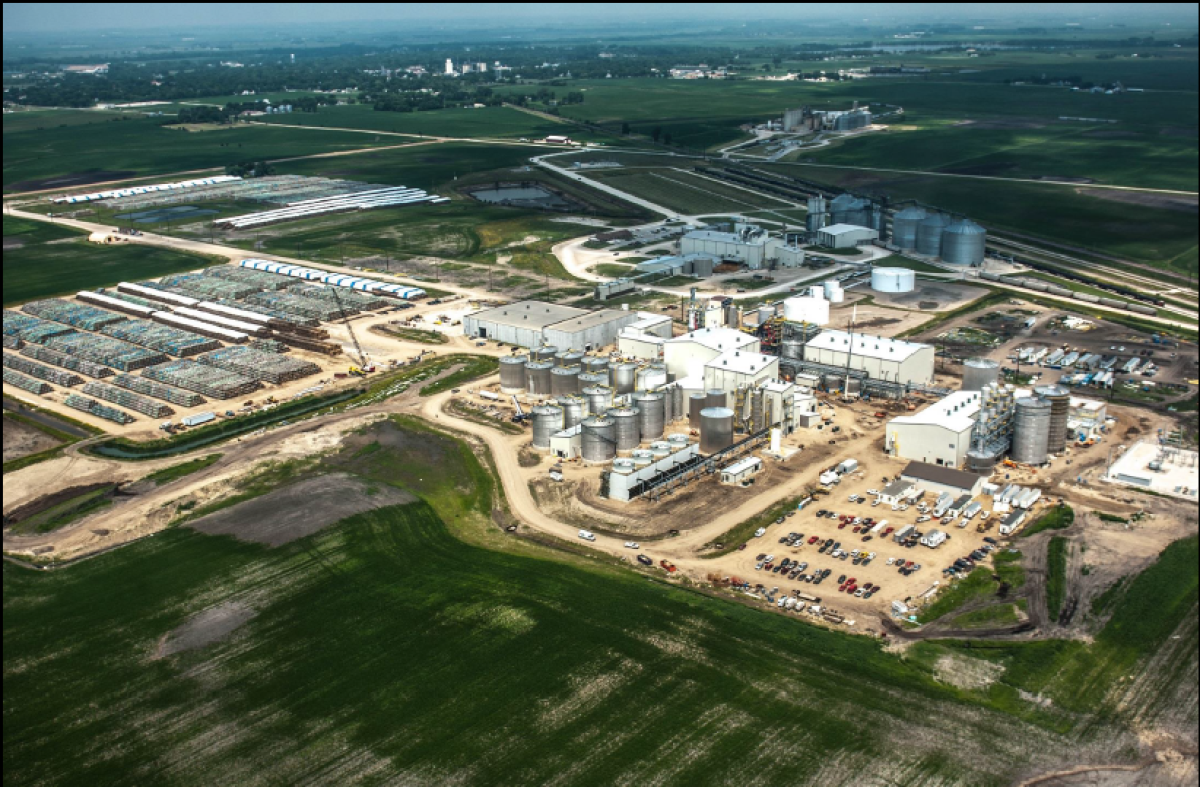
Caption
Bioenergy: POET-DSM’s Project LIBERTY located in Emmetsburg, Iowa, is the nation’s first commercial-scale cellulosic ethanol plant to use corn waste—corncobs, leaves, husks, and corn stalks—as a feedstock. At full commercial scale, Project LIBERTY aims to have an annual output of 25 million gallons of cellulosic ethanol per year—enough to avoid approximately 210,000 tons of carbon dioxide emissions annually. The Bioenergy Technologies Office provided cost-shared support for the development, design, and construction of this pioneer facility.
Credit
POET-DSM Advanced Biofuels
Photo
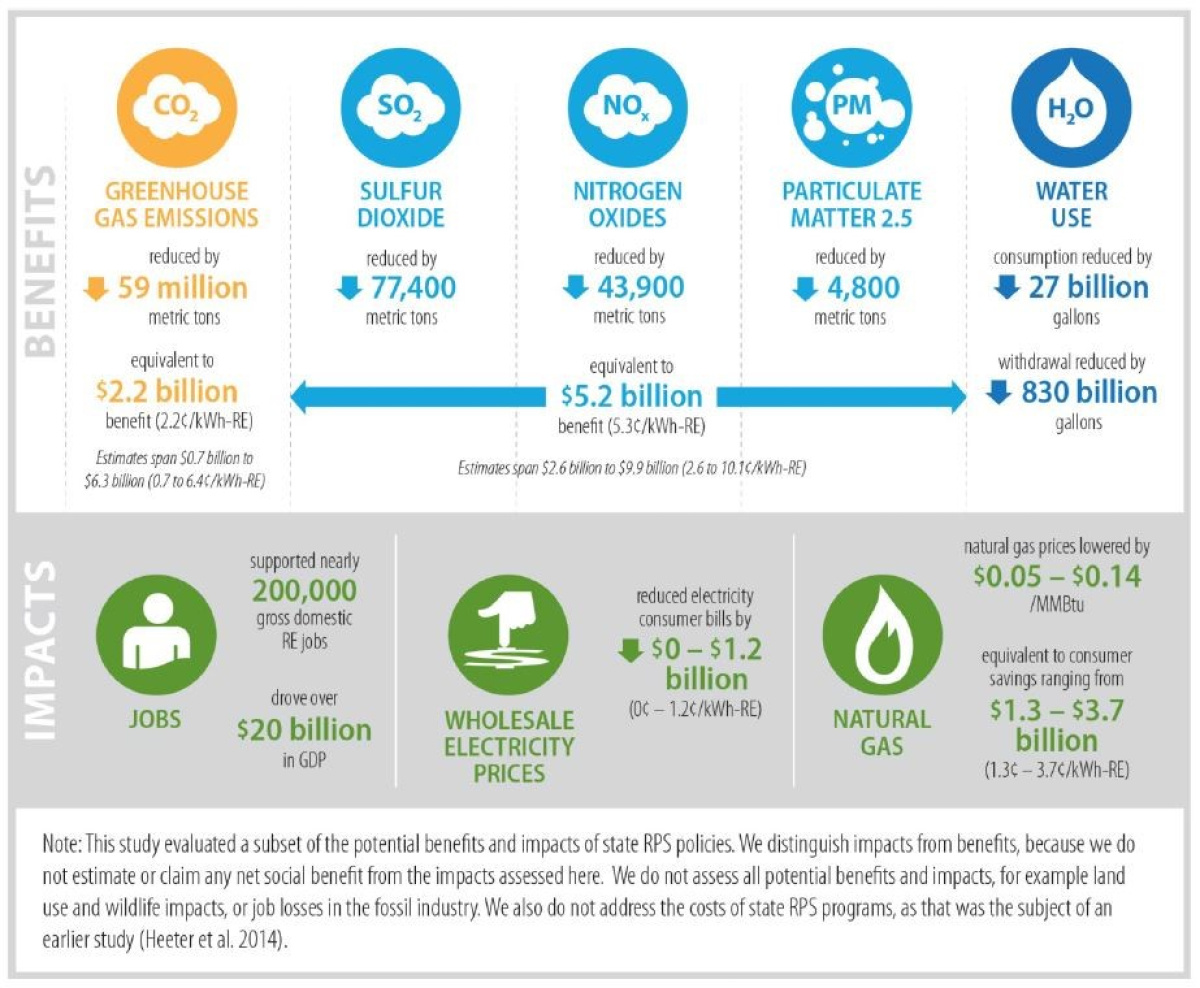
Caption
Strategic Priorities and Impact Analysis (SPIA): SPIA discovered that, in 2013, renewable portfolio standards in 29 states reduced carbon dioxide emissions by 59 million metric tons, decreased other air pollutants by more than 126,000 metric tons, and cut water consumption by 27 billion gallons.
Credit
Strategic Programs and Impact Analysis, U.S. Department of Energy
Photo

Caption
Vehicles: The Vehicle Technologies Office’s Clean Cities efforts have helped reduce dependence on petroleum at the local, state, and national levels since 1993. The program’s successes include saving more than 7.5 billion gallons of petroleum, placing nearly 500,000 alternative fuel vehicles on the road, and averting more than 6.8 million tons of greenhouse gas emissions in 2014 alone.
Credit
Vehicle Technologies Office, U.S. Department of Energy
Photo
Caption
Wind: In 2015, wind generated enough electricity to power 17.5 million average U.S. homes and saved the equivalent of 131.7 metric tons of carbon dioxide. Wind energy currently provides nearly 5% of the nation’s total electricity generation and is growing fast
Credit
Warren Gretz, National Renewable Energy Laboratory
Photo

Caption
Join DOE in celebrating by making every day Earth Day!
Credit
U.S. Department of Energy
Photo

Caption
Hydrogen and Fuel Cells: EERE-funded research has cut fuel cell cost 50% since 2006 and is enabling the world's first commercially available fuel cell vehicles with zero emissions.
Credit
Cal State
Hydrogen and Fuel Cells: EERE-funded research has cut fuel cell cost 50% since 2006 and is enabling the world's first commercially available fuel cell vehicles with zero emissions.
Cal State
November 4, 2025

